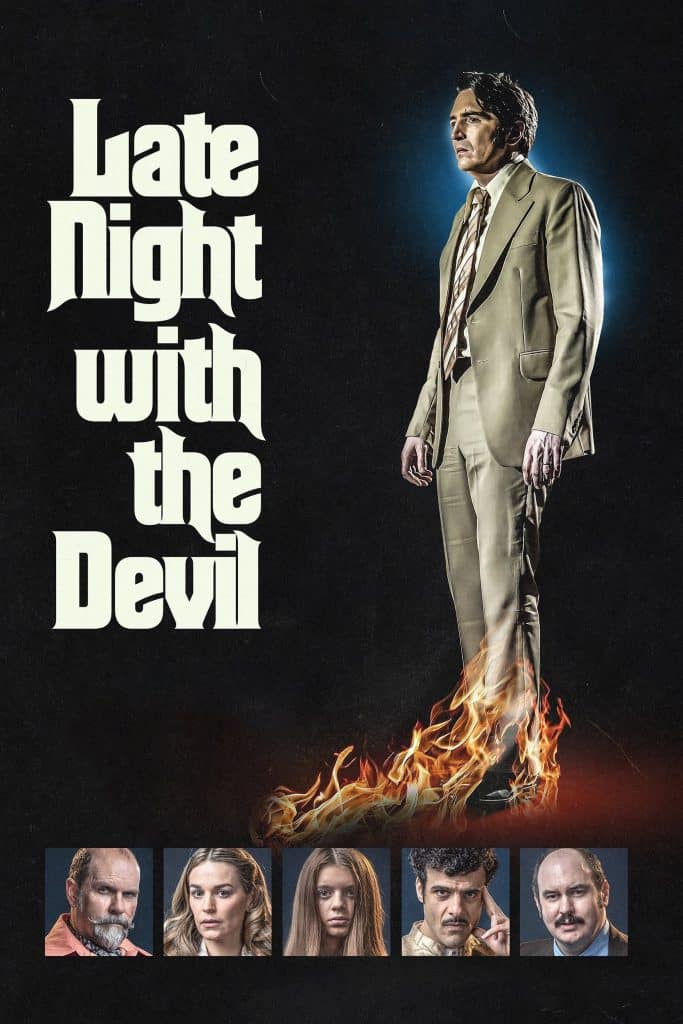
The directors went lengths to capture the faded TV screen look that many movies resort to when trying to establish that 1970’s feel. In their efforts, AI was used to produce at least three images that are part of the fictional program, interstitials to be precise. The whole thing blew up after a Letterboxd review pointed it out (though talk of it had been circulating a bit beforehand).
The Carines have already responded with a statement offered to Variety. It reads:
“In conjunction with our amazing graphics and production design team, all of whom worked tirelessly to give this film the 70s aesthetic we had always imagined, we experimented with AI for three still images which we edited further and ultimately appear as very brief interstitials in the film. We feel incredibly fortunate to have had such a talented and passionate cast, crew and producing team go above and beyond to help bring this film to life. We can’t wait for everyone to see it for themselves this weekend.”
The images appear for only a few seconds in each instance, and they don’t detract from the movie’s enjoyment overall. Late Night with The Devil’s highs and lows largely manifest independent of the AI that was used. That said, they stick out for what they mean on a creative level, especially when it comes to horror.
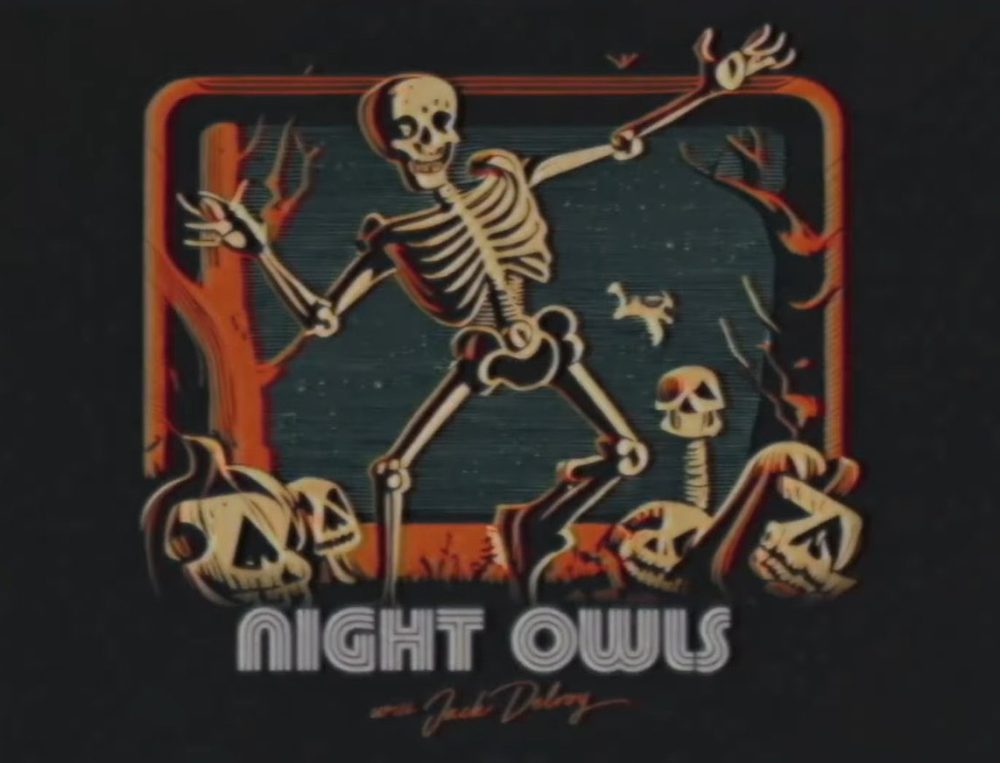
The interstitial images come and go in a matter of seconds, so there’s not a whole lot of time to really dive into the AI-ness of them while watching. But an observant viewer will be able to notice a few things that are clearly off. One of them, a lively skeleton dancing around a few jack o’lanterns, features the now-signature misshapen hands and fingers along with a leg that ends with a boot fused into it at the bottom. The ribs are all wrong and some bones start and end in places that are quite simply anatomically inaccurate. The pumpkins look all out of sorts as well, with skull-like shapes for faces that aren’t even aligned properly. Everything in these images combine to give the illusion of a fully formed visual, but they don’t succeed at it upon closer inspection of the insides of their outlines.
If this foray into AI was an experiment, as the Cairnes argue, then it clearly failed. The image just doesn’t look ready or polished enough to belong in the movie. In any movie. Had it been a human-made illustration, it would’ve been sent back to the artist followed by a request for a full refund. So why include them in the movie if the result was so janky?
To be clear, Late Night with The Devil is a good movie that succeeds in creating a creepy atmosphere and a terrifying sense of anticipation on a budget. The indie horror spirit is alive and well here and the AI images aren’t enough to cast an all-encompassing shadow over everything else that was accomplished.
Unfortunately, those images do undermine its spirit, especially when it’s so easy to appreciate the work that went in to capture an authentic Late Night show aesthetic and feel. In this regard, the AI images come off as anachronistic. They detract from the work real people put in to transport audiences to the time and place the movie centers on.
This becomes even more apparent when you consider the communal and budget-conscious history of horror. From George Romero’s Living Dead films to the DIY nature of The Blair Witch Project, horror is full of stories about how small groups of passionate filmmakers use their wits and good old-fashioned know-how to pull off extraordinary things on film. A bit of red coloring and corn syrup along with a few repurposed tools and used props was often enough to produce some of the scariest and most iconic moments in horror history. And it was all human-made.
Let me put it as bluntly as possible. Using AI in horror is anti-horror. It’s anti-horror because it’s, in essence, anti-indie filmmaking. The community approach that’s been such an integral part of this type of film production loses some of its mystique when you welcome work created by image generators that are infamous for mining data without creator consent to make something that’s devoid of actual human input (other than prompt writing).
AI is one of the monsters horror warns us about. It’s like The Thing, an alien copy of humanity that operates coldly and cruelly without regard for what it kills to survive (though The Thing is clearly better at its job just by getting basic anatomy and shapes right). Feeding a computer program a text prompt to get an odd and incorrect image out of it isn’t in the same ballpark as human ingenuity.
CGI earns its spot because it’s a tool that’s actively shaped by creators to create something new. The computer doesn’t do the job for you. With a clear vision and the ability to judge how much CGI is too much CGI, great things can and have come from it. In the case of Late Night with The Devil, the filmmakers came up with a few images of unacceptable quality and decided they were good enough to include in the finished product.
Their presence does zap some of the film’s fear factor once you know how they were created. You’re reminded that human hands could’ve certainly created something better and even potentially popular enough to make t-shirts or a few posters out of. AI has been at the forefront of multiple discussions on ethics and artistic integrity in moviemaking, to the point it was one of the pressure points in the last round of labor strikes that pit writers and actors against the big movie studios. Despite this, the Cairnes went ahead with their AI experiment.
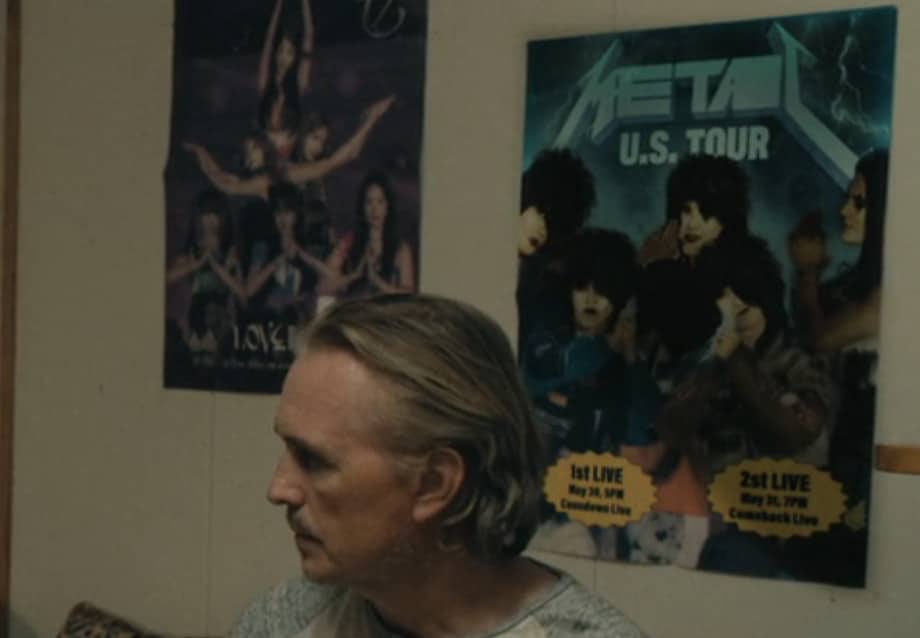
I’m afraid we’ll be getting a few more cases of AI in horror before it gets any better, if it ever does get better. Just this year we had another, albeit smaller case of AI use in the HBO series True Detective: Night Country. It’s an inconsequential poster for a metal band that pops up in a quick scene and it doesn’t really affect the story one way or another, but it’s hard not to see it as a sign of things to come should we not do away with the practice. Ironically, the use of AI in film, TV, or books can very easily break the illusion fiction creates by reminding us of its artificiality. It shatters immersion and it chips away at the very soul of creative endeavor. Let’s not fall victim to a monster our beloved genre has put so much work sounding the alarms on. Let’s keep AI out of horror.
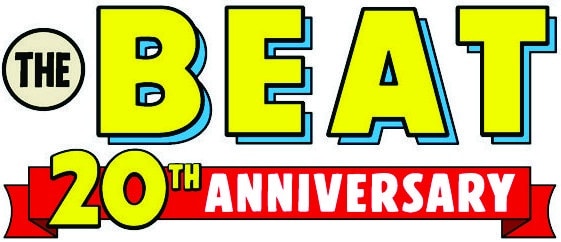
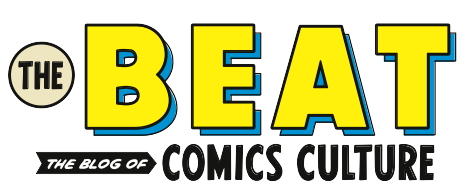
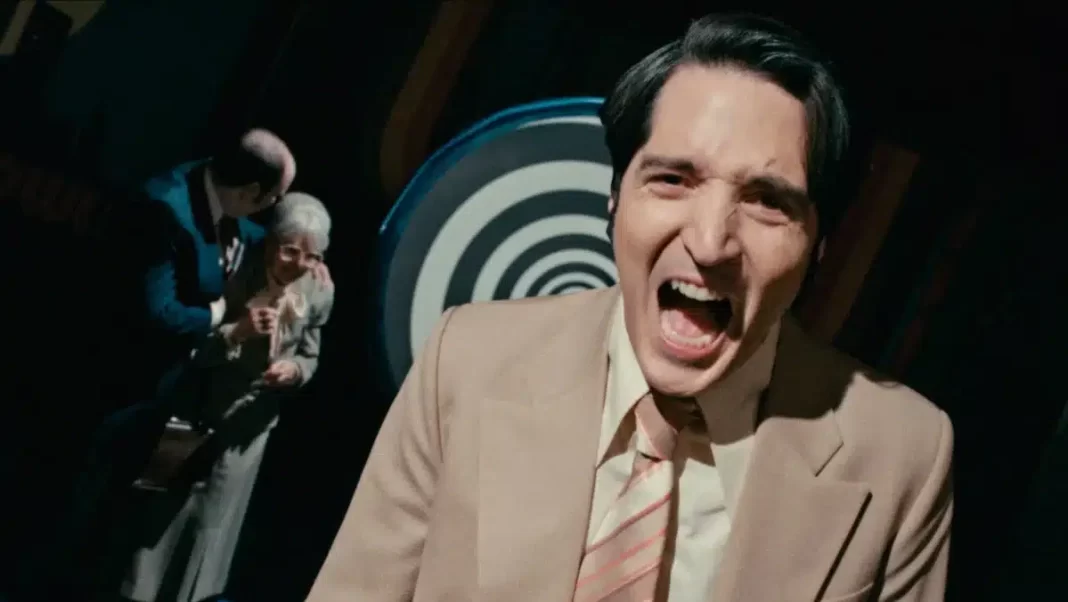
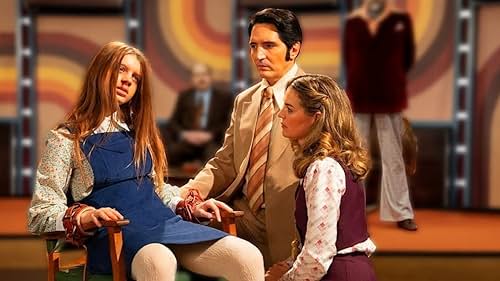
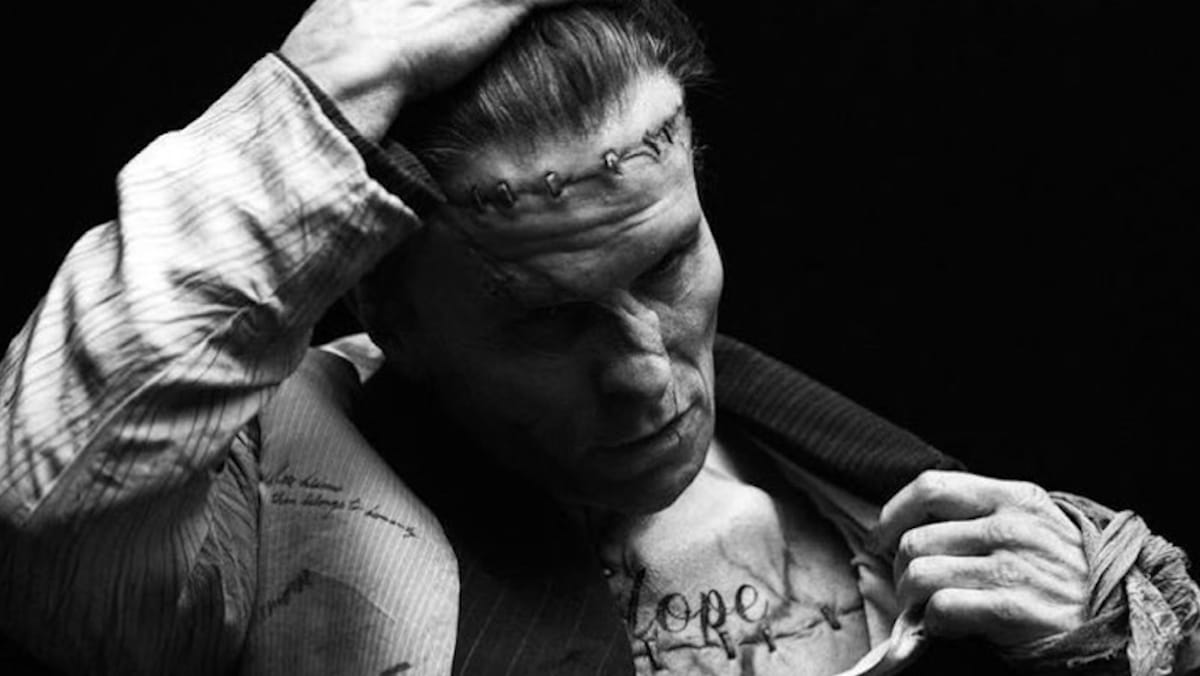
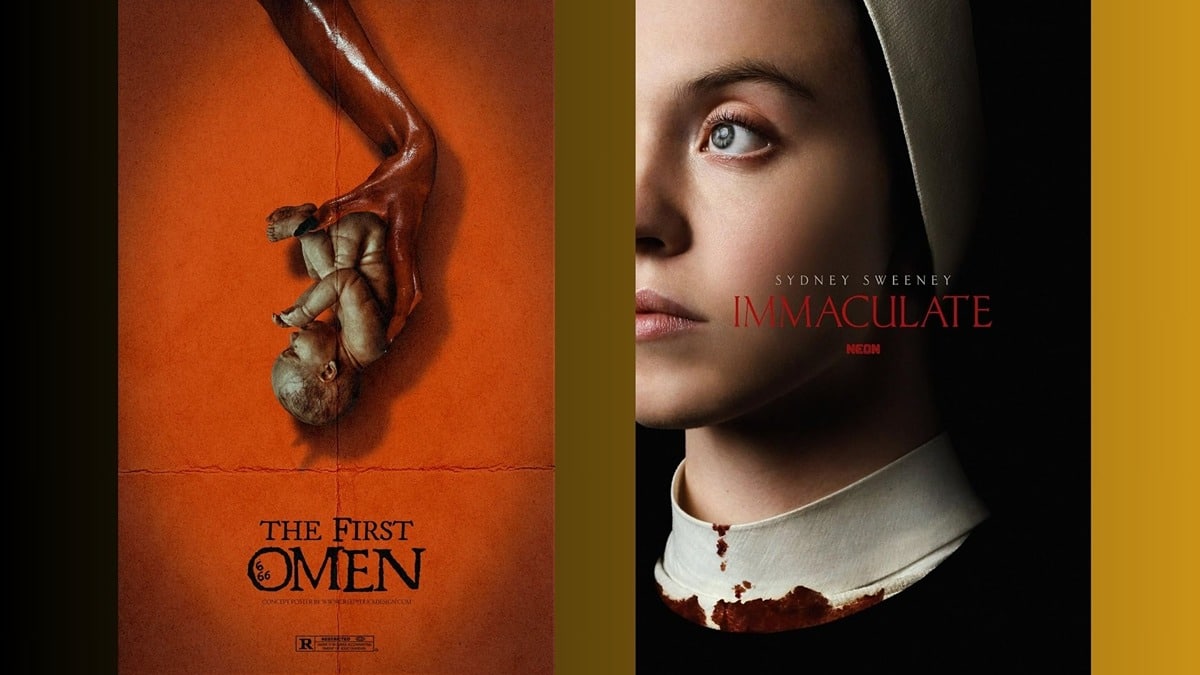
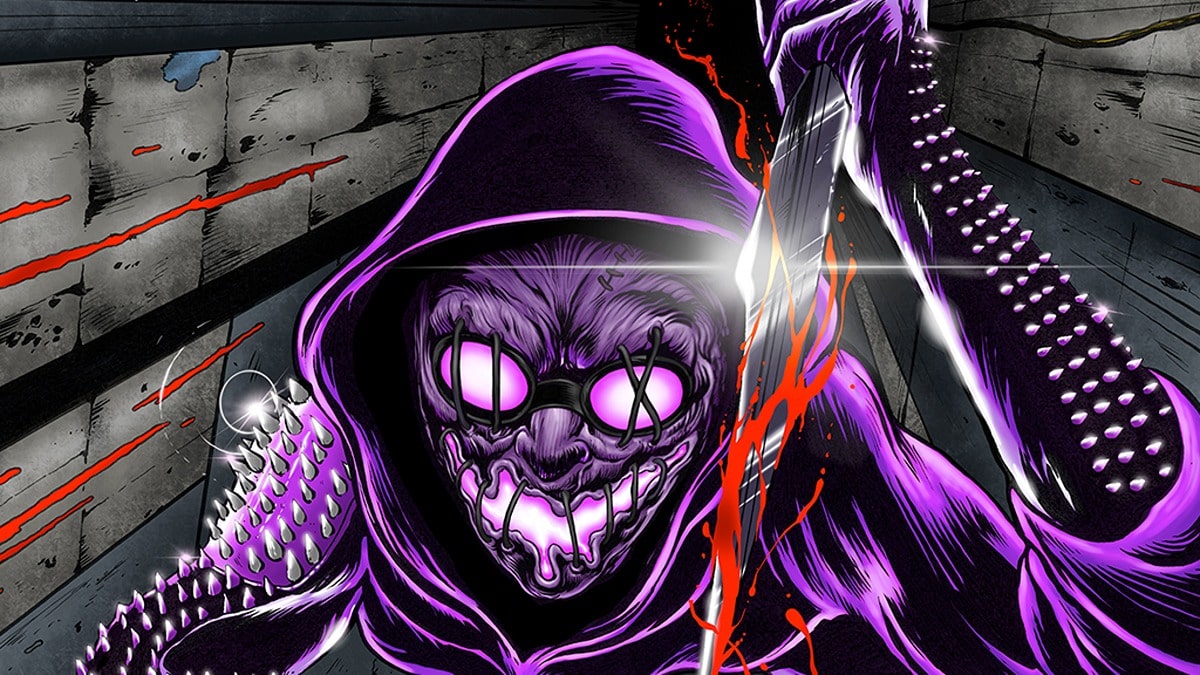
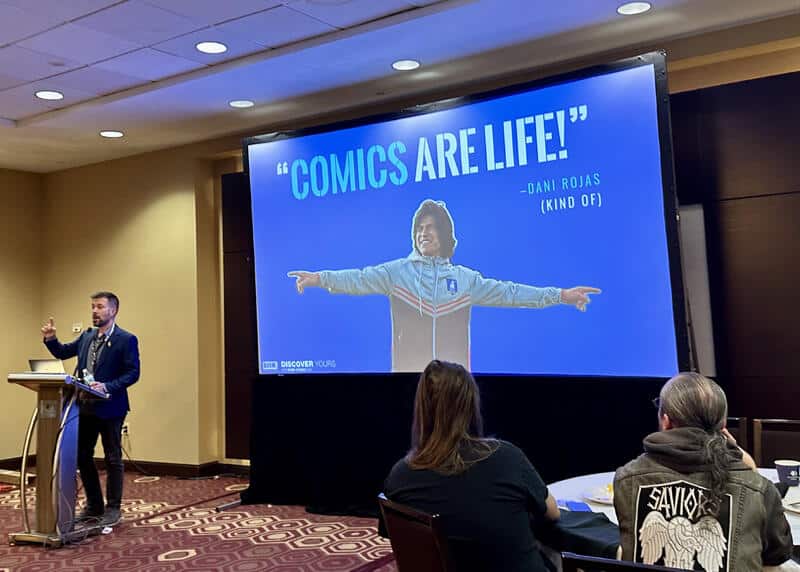
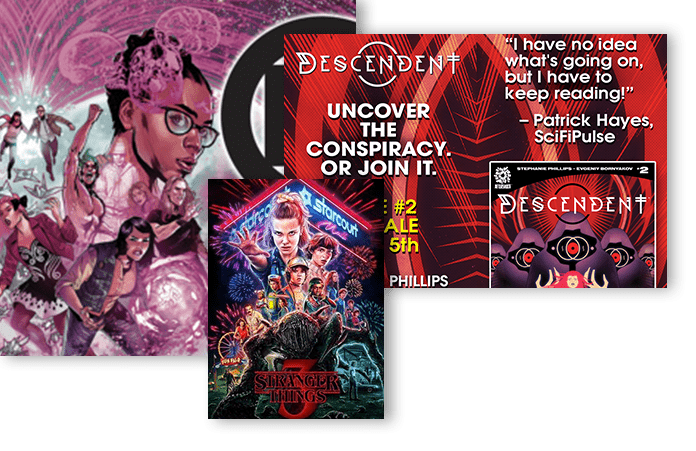
I won’t weigh in on whether or not AI has a place in horror but: I saw NwtD the other night and not only did the images not seem out of place but, as someone who grew up in that era, I thought the designs of the time were pretty spot on.
Get over it? End of the day, a movie is for entertainment purposes. AI is going to be a tool moving forward whether you like it or not. It still comes down to good story writing and acting and directing if a movie is going to be worth watching or not.
Arguably, the somewhat janky, distorted aspects of AI could work in favor of horror, creating a somewhat uncanny valley look, at best contextually congenial.
Comments are closed.